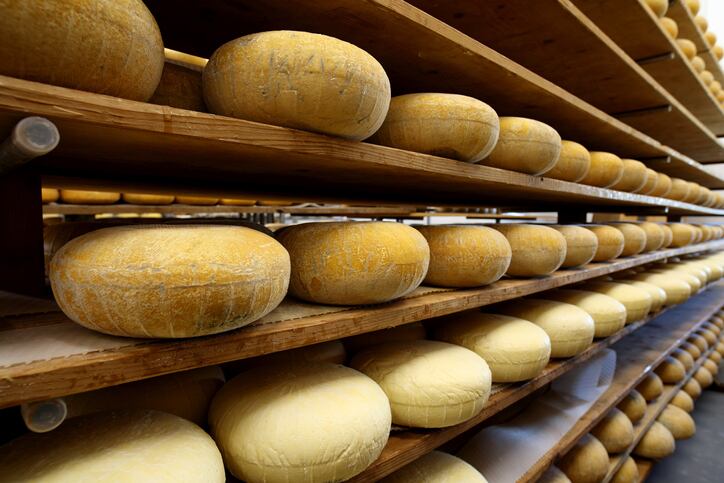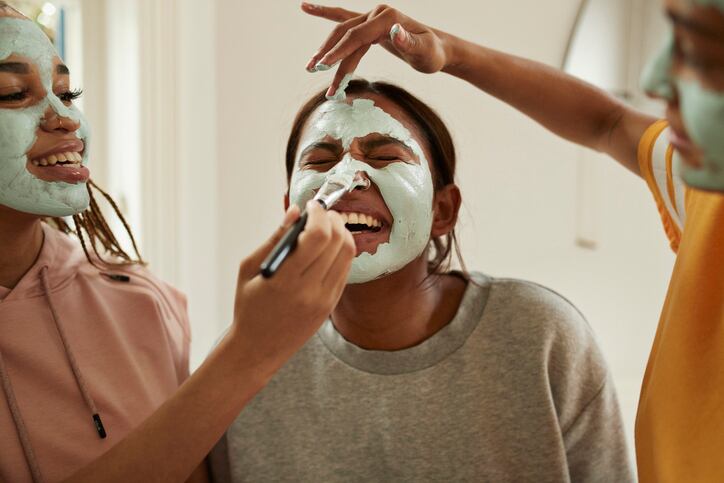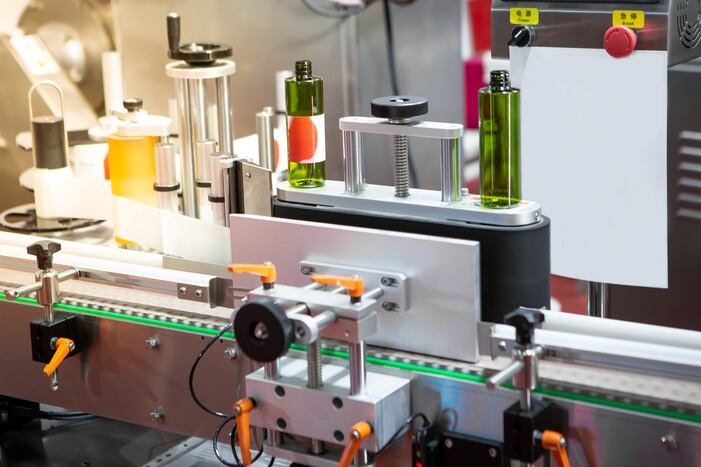Established this year, Weleda’s ‘Futurum’ group [future in Latin] was formed of five people dedicated to speedy ideation, product development and market testing. Working across formulation, packaging and final products, the integration of a small but “agile” internal startup represented a “very new” way of working for Weleda, said Dr Bernhard Irrgang, head of R&D for natural and organic cosmetics at Weleda.
“It’s five people sitting together creating ideas and going quickly to a test market stage,” Irrgang told CosmeticsDesign-Europe.
The team typically brought new product ideas to market in around half the time it took traditional NPD processes, he said, and ideas were then upscaled globally by wider R&D teams if successful. “We’re trying to switch our way of innovating,” Irrgang said.
So, what exactly was Weleda focusing on in innovation terms over the next 3-5 years?
Packaging, formulas and regulation
The R&D head said there were three areas driving and shaping innovation at Weleda: sustainable packaging, formula efficacy, and regulation.
The European Union’s Green Deal and integrated Chemicals Strategy for Sustainability, he said, was especially critical for the natural sector because of how much it shrank toolboxes and increased checks and balances. He said the Chemicals Strategy, in particular, was an “over-regulation” that created a “real danger for the natural sector”.
“In the new chemical legislation, they have changed the system, so we have to prove that each little substance that it is safe. It doesn’t matter if you’ve had hundreds of years’ experience.”
What this meant for the likes of essential oils or natural complex substances, he said, was that every component, every chemical within that ingredient, had to be risk assessed. “This is something I can’t understand because we have proven over centuries that these essential oils give benefit and do good for people.”
On packaging innovation, Irrgang said Weleda was heavily focused on driving sustainability across its entire portfolio. It was currently working to change all its aluminium tubs to recycled aluminium, for example.
On formula efficacy, he said the teams were investigating new plants and new extraction methods for higher efficacy in end products.
Climate impact, sustainable definitions and circular standards
More broadly speaking, Irrgang said Weleda was also focused on the climate impact of its cosmetics, much of which happened during the consumer use-phase. “We are also working on, let’s say, completely new formulations, new types of products and ways to use these in the long-term.” The R&D teams were, for example, looking at how certain formulations could be used at lower temperatures or over a shorter time.
Senior futurologist Helga Hertsig-Lavocah recently said shorter showers was definitely a shift industry needed to more carefully look at and respond to.
Asked where the wider beauty industry could create most sustainable change, Irrgang said the biggest impact could be made by establishing a common definition for sustainability. “I think this is most important; to find a common denominator which has to be on a high level, not a low level (…) We need some overarching rules.”
Ultimately, he said circularity was also possible in the future for beauty, although success here would require some “creative solutions” and collaboration.
Referencing the renowned German beer bottle return system, whereby a large majority of the brands offered beer in beer bottles of the same shape and design, Irrgang said this could represent a model for cosmetics to follow. Convincing industry to agree on a shape, quality and type of material, however, and use the same formats as their competitors, would be “a little bit of a hurdle”, he said.
This was where creativity would have to come in, Irrgang said. If industry accepted market-standard formats – to facilitate returns, refills and recycling – plenty could be done to differentiate brands via pack design, formula quality and beauty claims. An industry-wide initiative could be trialled in something like shower gels, for example, where many brands already used similar shaped tubes and formats.
“I’m pretty convinced that this modularity in packaging is the only way we can go into circularity.”




